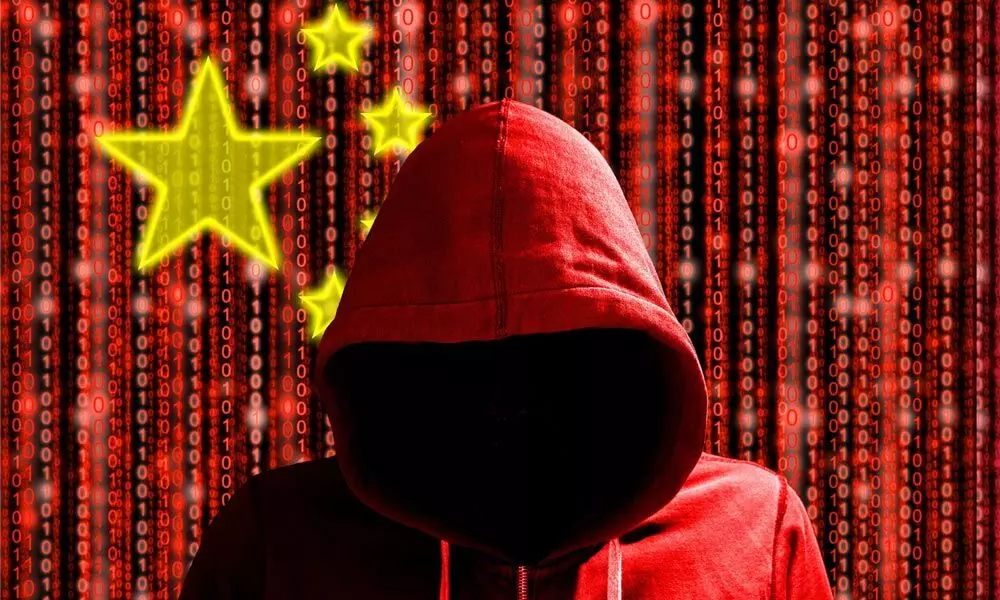Power grid under Chinese attack?
Recorded Future said that in the lead-up to the May 2020 border skirmishes, it observed a noticeable increase in the provisioning of PlugX malware C2 infrastructure, much of which was subsequently used in intrusion activity targeting Indian organisations
image for illustrative purpose

Washington: Amidst the tense border tension between India and China, a Chinese government-linked group of hackers targeted India's critical power grid system through malware, a US company has said in its latest study, raising suspicion whether last year's massive power outage in Mumbai was a result of the online intrusion.
Recorded Future, a Massachusetts-based company which studies the use of the internet by state actors, in its recent report details the campaign conducted by a China-linked threat activity group RedEcho targeting the Indian power sector. The activity was identified through a combination of large-scale automated network traffic analytics and expert analysis.
Data sources include the Recorded Future Platform, SecurityTrails, Spur, Farsight and common open-source tools and techniques, the report said. On October 12, a grid failure in Mumbai resulted in massive power outages, stopping trains on tracks, hampering those working from home amidst the Covid-19 pandemic and hitting the stuttering economic activity hard. It took two hours for the power supply to resume for essential services, prompting Chief Minister Uddhav Thackeray to order an enquiry into the incident. In its report, Recorded Future notified the appropriate Indian government departments prior to publication of the suspected intrusions to support incident response and remediation investigations within the impacted organisations.
There was no immediate response from the Indian government on the study by the US company. Since early 2020, Recorded Future's Insikt Group observed a large increase in suspected targeted intrusion activity against Indian organisations from the Chinese state-sponsored group. The New York Times, in a report, said that the discovery raises the question about whether the Mumbai outage was meant as a message from Beijing about what might happen if India pushed its border claims too vigorously.
In response to the allegation, Chinese Foreign Ministry spokesman Wang Wenbin on Monday rejected the criticism about China's involvement in the hacking of India's power grid, saying it is "irresponsible and ill-intentioned" to make allegations without proof. "China is a staunch upholder of cybersecurity. We firmly oppose and fight any kind of cyber-attacks," he said, replying to a question on the report of the cyber-attack on the Indian power grid. "It is hard to track the origin of the cyber-attacks. You cannot make wanton guesses or smear a specific country without any proof. This is irresponsible and ill-intentioned. China firmly opposes such behaviour," he said in Beijing. According to the Recorded Future report, from mid-2020 onwards, Recorded Future's midpoint collection revealed a steep rise in the use of infrastructure tracked as AXIOMATICASYMPTOTE, which encompasses ShadowPad command and control (C2) servers, to target a large swathe of India's power sector. Ten distinct Indian power sector organisations, including four of the five Regional Load Despatch Centres responsible for operation of the power grid through balancing electricity supply and demand, have been identified as targets in a concerted campaign against India's critical infrastructure. Other targets identified included two Indian seaports, it said, adding the targeting of Indian critical infrastructure offers limited economic espionage opportunities. "However, we assess they pose significant concerns over potential pre-positioning of network access to support Chinese strategic objectives.
"Pre-positioning on energy assets may support several potential outcomes, including geostrategic signalling during heightened bilateral tensions, supporting influence operations, or as a precursor to kinetic escalation," it said. RedEcho has strong infrastructure and victimology overlaps with Chinese groups APT41/Barium and Tonto Team, while ShadowPad is used by at least five distinct Chinese groups, it said. "The high concentration of IPs resolving to Indian critical infrastructure entities communicating over several months with a distinct subset of AXIOMATICASYMPTOTE servers used by RedEcho indicate a targeted campaign, with little evidence of wider targeting in Recorded Future's network telemetry," it said. Recorded Future said in the lead-up to the May 2020 border skirmishes, it observed a noticeable increase in the provisioning of PlugX malware C2 infrastructure, much of which was subsequently used in intrusion activity targeting Indian organisations.

